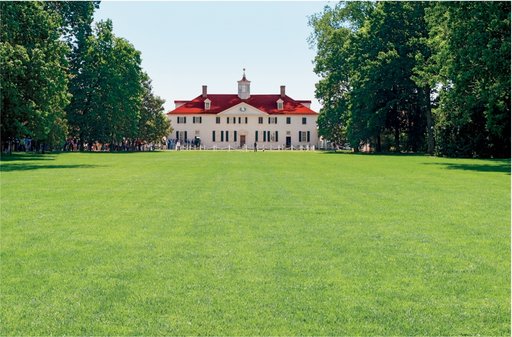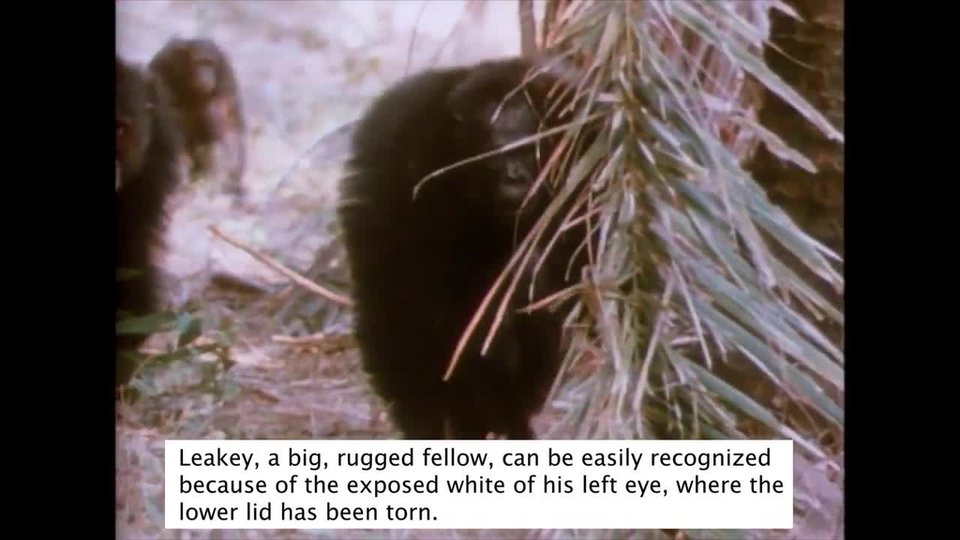LearningfromtheLawn
ThegardensgiveusoneperspectiveofhowWashingtonusedhisland:togrowcrops,toplantexoticflowers,andtoshowoffhiswealthandpowerindifferentways.Wecanalsolearnaboutthehistoryofaplacebystudyingthelandwithabroaderview.TakeWashington’sbowlinggreen,for example.
Youmightwonderwhatabowlinggreenis.It’sanareaofcloselymowedgrass.TheoneatMountVernonlookslikeahugefrontlawn.Thatmaynotseemlikeabigdeal.Manyhouseshavelawns.Yet,inthe18th century,landwasexpensiveandprecious.Mostpeoplegavetheirlandapurpose—mostoftenforfarming—andfewpeoplekeptlargeareasofornamental grass.
Washington,however,chosetomaintainatidylawnratherthancultivateitwithcrops.Thissentamessage.Itshowedvisitorsthathehadmorethanenoughlandandmoney.Somuchsothathecouldsetasidesomelandjustforshow.Hisusageofthislandisyetanotherexampleofnatureactingasaprimarysourcetogiveuscluesaboutaperson,aplace,andaperiodin time.
Ifyoulookmoreclosely,thebowlinggreenatMountVernontellsussomethingelse.Thinkaboutallthatgrass.Today,someonewouldusealawnmowertokeepitneatandtrim.ButinWashington’stime,therewerenolawnmowers.So,whowasresponsibleforkeepingit tidy?
ThatjobfelltoWashington’senslavedlaborers.Theyusedaheavyrollertotrimandflattenthegrass,andthenusedabladetocutit.Draggingthisacrossthebowlinggreenrequiredalotofphysical labor.

MountVernon'sbowlinggreenisalarge,manicured lawn.
aviewofMountVernonfrom above
LearningfromtheLand
WhenIvisitedMountVernon,Ilookedcloselyatthegardensandlearnedaboutthehistoryoftheplacethroughthem.Yet,thegardensareonlyastartingpoint!Icouldalsolookattheforest,thefields,theorchards,andtheriverthatmakeupWashington’sestatetogetcluesaboutits history.
Primarysourcescomeinmanyforms.Nowyouknowhownatureandthenaturallandscapecanbeusedtoglanceintothepast.TheteamatMt.Vernonisstillhardatwork,searchingforcluesaboutthepast.Ilookforwardtohearingabouttheir discoveries.

